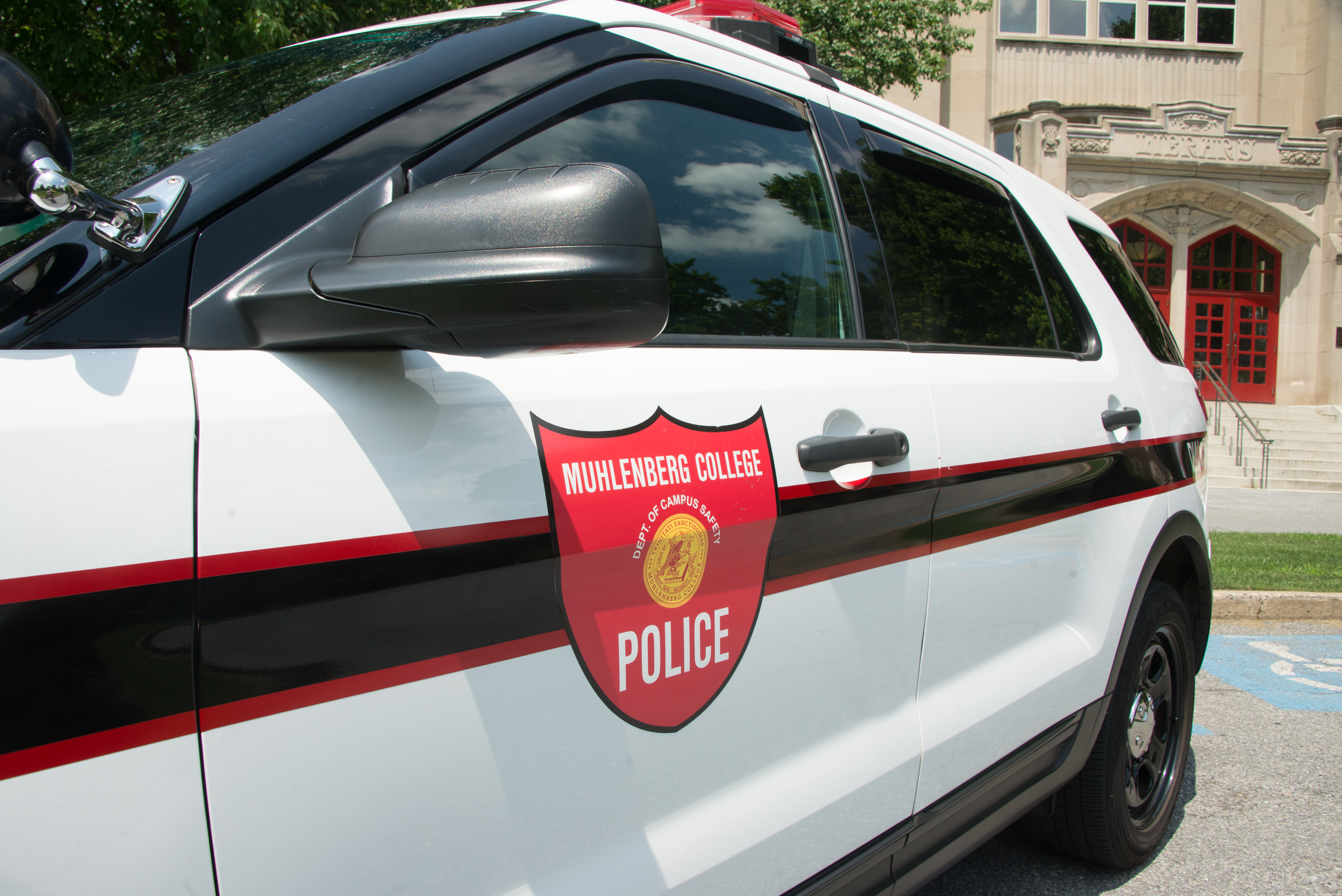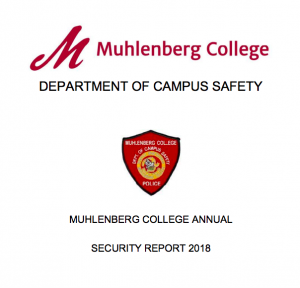The Campus Safety Annual Security report (ASR) is published each year in accordance with the Jeanne Clery Disclosure of Campus Security Policy and Crime Statistics Act, or the Clery Act.
According to Clerycenter.org:
“The Clery Act is a consumer protection law that aims to provide transparency around campus crime policy and statistics. In order to comply with Clery Act requirements, colleges and universities must understand what the law entails, where their responsibilities lie and what they can do to actively foster campus safety.”
“In order to comply with Clery Act requirements, colleges and universities must understand what the law entails, where their responsibilities lie, and what they can do to actively foster campus safety.”
A familiar concept, as this is the same Act that encompasses the notion of the “timely warning.”
“One of the most significant impacts on the content of the Annual Security report (ASR) was the 2016 edition of The Handbook [for] Campus Safety and Security Reporting, which offered the most recent guidance statistical and overall ASR report preparation,” said Brian Fidati, Director of Campus Safety.
The Handbook for Campus Safety and Security Reporting “was developed by the U.S. Department of Education to present step-by-step procedures, examples and references for higher education institutions to follow in meeting the campus safety and security requirements of the Higher Education Act of 1965, as amended,” according to the official U.S Department of Education website.
Besides for The Handbook, Fidati explained that the ASR was also positively impacted by stepping up training due to an established membership with the Clery Center that began two and a half years ago.
“Through this training and Clery Center guidance we continue to improve the quality and content of our ASR,” said Fidati.
Nonetheless, students were notified via email on Friday, Sept. 28 that this year’s report was available to read and review.
A link to the report is also listed on the bottom of the Muhlenberg College website.
“This year our Muhlenberg College Clery Committee members worked collaboratively to edit and amend the report based on a Clery Center ASR review from the previous year, as well as new College policies,” noted Fidati.
The 2018 report is 108 pages long. In comparison with previous years: the 2014-2015 report was 54 pages, the 2015-2016 report was 92 pages and the 2017 report was 114 pages.
Despite the variation in length from year to year, the content tends to include similar concepts: definitions and resources are clearly explained and the report also lays out the procedures for different incidents that could take place–such as fires, injuries, chemical spills and bomb threats.
There is also a list of 16 “crime prevention programs and projects” ranging from the personal safety escort program to new-student orientation.
Additionally, the security report includes an encyclopedia of health effects of various types of drugs and alcohol:
“In addition to College disciplinary actions, criminal penalties and workplace hazards, specific serious health risks are associated with the use of illicit drugs and alcohol. All drugs, including alcohol, can cause marked changes in behavior and have side effects. Their influences can affect the safety and well-being of the users as well as those around them.”
While education with the hope of prevention takes up the majority of the report, the final few pages enclose numerous tables of statistics for crimes that took place on and off campus. There is a clear indication for where the statistics are drawn from:
“For statistical purposes, crime statistics reported to any of these sources are recorded in the calendar year the crime was reported. A written request for statistical information is made on an annual basis to all Campus Security Authorities (as defined by federal law) and to all Campus Deans, Directors and Department Heads. Statistical information is requested and provided to DCS by the employees at the Counseling Center and the Student Health Center, even though they are not required by law to provide statistics, for the compliance document.”
The crime that was reported most often for the 2017 calendar year was liquor law violations; there were eight on-campus arrests for liquor law violations and 218 on-campus judicial referrals for this same crime.
Similarly, there was one on-campus and one public property arrest for drug law violation, 61 on-campus judicial referrals for drug law violation and five on-campus judicial referrals for illegal weapon possession.
For reference, the differentiation between “on-campus” and “public property” lies in the fact that “public property” is defined in the report as “including thoroughfares, streets, sidewalks and parking facilities, that is within the campus or immediately adjacent to and accessible from the campus.”
Other recorded crimes for 2017 include: three instances of on-campus rape, one on-campus robbery, five on-campus burglaries and two public property burglaries, one on-campus arson and one public property motor vehicle theft.
Under the Violence Against Women’s Act, or VAWA, there were two reportings of on-campus dating violence and two reportings of on-campus stalking.
There was one reporting of an on-campus fire in Benfer Hall with no injuries but 50 dollars worth of property damage.
There were no reported hate crimes for this year.
Ultimately, the mission of Campus Safety as reflected by the ASR “is to promote and maintain a safe, inclusive and welcoming campus environment as we serve and protect the College Community.”
Sydney Coplin is a senior majoring in Media and Communication. She is currently spending her final semester of college interning and studying in Washington, D.C. She has previously been on staff as News Editor and Managing Editor.























